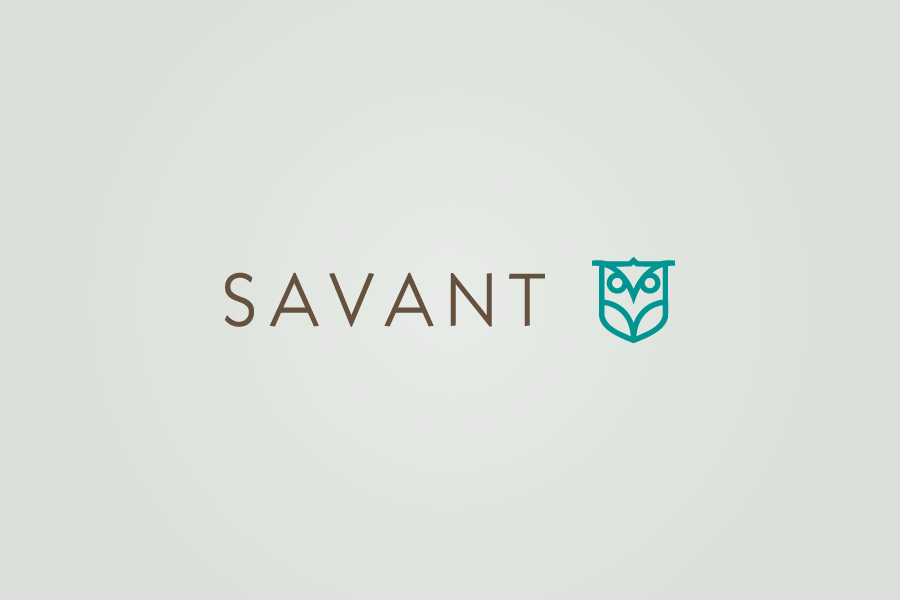2 Tips for Financial Wellness

At least once a year I like to reflect on my own personal financial planning. I think about what I did well and where I can improve financially. I prefer to evaluate my financial planning at the beginning of the year because I feel more comfortable implementing any needed changes and starting the year off on a strong financial note, but there is never a better time than right now to review your own plan.
As I was keeping track of my budgeting and tax return preparation items throughout the past year, I found a couple of tips worth sharing that you may want to consider implementing into your own life.
Tip #1 – Budget with a purpose
I started budgeting in 2011. I began with an Excel spreadsheet and a simple system. I marked “bad” spending, such as eating out and entertainment, with the color red. I marked “good” spending, such as utilities and my mortgage, with the color green. At the end of the year I made some changes to my categorization of spending, but I never did anything with the prior year’s data. I found that I was keeping track of my spending without a purpose – except just to do it.
Each year since, I have improved my method of budgeting. My Excel spreadsheet now incorporates a grand color scheme and specific descriptions for different spending categories. Not only do I review my spreadsheet at the end of the year, but I am more focused on my day-to-day spending.
Budgeting with a purpose really means not only keeping track of where our money goes, but highlighting goals that we accomplish and focusing on some of our good and bad habits. Don’t keep track of what you spend just to say you are doing it. Find common themes (like eating out every Friday!), stay on track, and adjust when necessary.
Tip #2 – Keep track of tax preparation items
The first year I filed my own taxes I showed up at my accountant’s office with a small stack of items I knew she needed, such as my W-2 and mortgage interest paid to the bank. When it came time to talk about other tax related items, such as education tax benefits and health savings accounts I was clueless.
Since that time, I have kept a folder and checklist for items related to my tax return. Now, I keep track of documents needed for my tax return as they arrive. As I receive these forms in the mail, such as tuition statements, student loan interest paid, contributions to (and distributions from) health savings accounts I put the form in my tax return folder. Other items to keep track of include childcare expenses (if you qualify for the Child and Dependent Care Tax Credit), charitable donations, and medical expenses (if you benefit from itemizing deductions). Budgeting with a purpose has also allowed me to keep better track of these items. Spending a small amount of time throughout the year has helped me be better prepared, and chances are I am not missing out on any more tax benefits!
Remember, sometimes it is the simple things we do that make our lives easier. Hopefully these tips will help enhance your financial wellness in the coming months!
